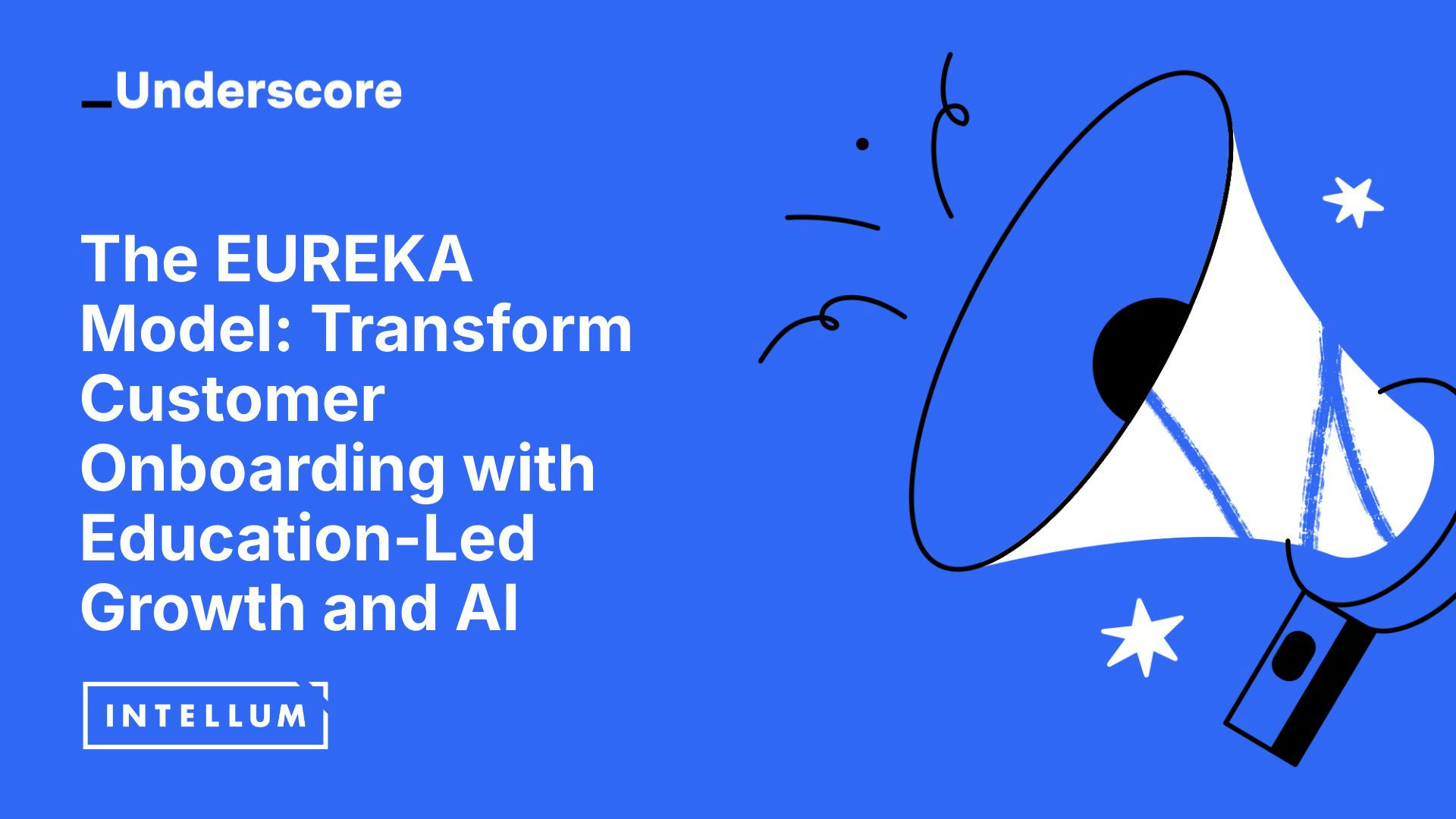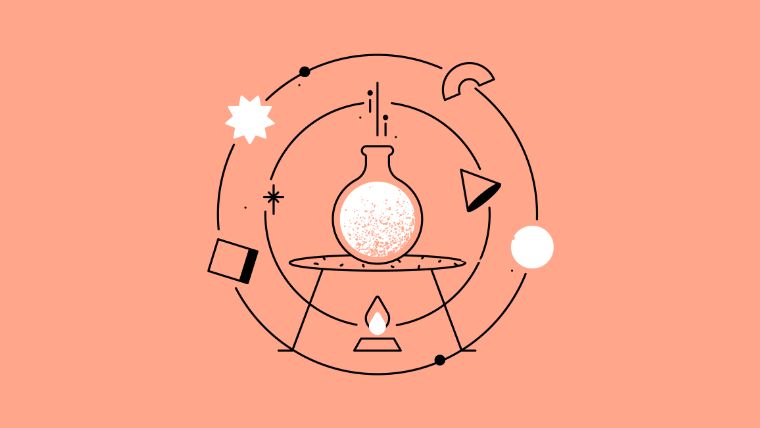When most teams build customer education programs, the primary goal is usually clear: help users understand how to use the product effectively. That’s important, but it’s only one layer of what truly drives long-term customer success and loyalty. To transform education into a strategic growth lever, we need to shift our thinking beyond functionality. In a recent webinar I hosted with Intellum, I introduced a powerful framework: the three layers of customer success—functional, social, and emotional. These layers offer a more holistic way to evaluate and evolve education programs, aligning them with business outcomes and the human experience of learning. Let’s take a closer look at each layer and explore how education teams can support all three.
Layer 1: Functional Success
Functional success is where most education strategies start and, unfortunately, stop. It refers to a customer’s ability to use your product effectively to achieve their desired outcomes. In practical terms, that might mean setting up key features, completing a workflow, or reaching an early ROI benchmark. Data from a 2024 Forrester Report found that product adoption increased by 38.3% for products targeted by training. But here’s the catch: functional education alone isn’t enough to retain or grow users in complex B2B environments. Just because someone knows how to use your product doesn’t mean they’ll champion it within their organization, or feel good about doing so. Which brings us to the next layer.
Layer 2: Social Success
Social success is achieved when a customer feels more credible, respected, or influential as a result of their learning experience. It’s not just about doing the job; it’s about looking good while doing it. In B2B, this matters more than we think. Decisions to adopt and expand software often rely on internal buy-in, political capital, and team influence. Helping customers advocate for your product internally requires giving them tools to make their case. Here's what I've learned from analyzing hundreds of onboarding flows: functional success gets individuals productive, but social success is where B2B products truly scale. Your champion needs to look smart when they bring your product to their team. When your product requires collaboration, teaching people how to advocate internally becomes just as important as teaching them how to use the features. Here are a few examples of how to support social success:
- Issue certifications and LinkedIn badges for course completions
- Create sales enablement-style resources customers can share with peers or execs
- Provide ROI calculators and success templates to demonstrate value Social friction—like internal resistance or decision-maker skepticism—is often a bigger onboarding barrier than product complexity. Customer education teams can help users overcome this by elevating their credibility and influence.
Layer 3: Emotional Success
Emotional success is the deepest and often most overlooked layer. It reflects whether your customer feels confident, empowered, and supported throughout their journey. It’s about reducing fear, self-doubt, and anxiety, especially during high-stakes transitions. Why does this matter? Because **even well-designed products and logical onboarding flows can fall flat if the user feels overwhelmed or unsure. **Emotional friction—fear of failure, fear of change, fear of judgment—can kill momentum. There's a reason behind the old saying that 'nobody ever got fired for buying IBM'—and the same applies to Salesforce today. It's not because these are functionally the best products in every category. It's because they're emotionally and socially safe choices. When decision-makers choose the 'safe bet,' they're reducing their fear of failure by betting on what's worked for everyone else. That emotional safety is often more powerful than product superiority. Education can play a powerful role in reversing that. Here’s how:
- Embed affirmations and moments of progress throughout the journey
- Provide guidance that’s not just instructional, but also encouraging
- Design experiences that reduce cognitive load and celebrate wins When customers feel emotionally supported, they're far more likely to lean in, keep learning, and build lasting confidence in both the product and themselves.
Mapping Education to Customer Success
So, how can education teams build programs that deliver on all three levels: functional, social, and emotional? It starts by reframing education not as a one-way information transfer, but as a multi-dimensional success strategy. Ask yourself:
- Are we only teaching users how to use the product, or also why it matters?
- Do learners walk away feeling smarter or seen?
- Are we helping them look good to their boss, team, or industry? In my work with high-growth B2B companies, I've seen teams get stuck because they treat each layer as a separate initiative. The most successful education programs weave all three together from day one. Your functional training should make users feel capable (emotional), your examples should showcase industry best practices they can share (social), and your certifications should build both competence and confidence. The Education-Led Growth Framework from Intellum offers a helpful lens here. By tying programs to clear business outcomes, audience insights, and emotional needs, teams can design learning that supports the full spectrum of customer success.
Education Is a Growth Lever When It’s Human
In a world where AI can generate content in seconds and onboarding flows are more automated than ever, the differentiator isn’t what we teach. It’s how we make people feel while they’re learning. When customers feel competent (functional success), credible (social success), and confident (emotional success), they don’t just adopt your product; they advocate for it. So the next time you audit your education programs, don’t just ask “Did they complete the course?” Ask:
- Did it help them achieve something meaningful?
- Did it improve their reputation or influence?
- Did it make them feel supported and empowered? That’s the future of customer education. And it starts with rethinking what success really means.




.png)

